Treatment of septoria in fruit and ornamental crops
The causative agent of Septoria, a fungus of the Septoria species, primarily affects weakened plants that are in unsuitable conditions for growth. In another way, the disease is called "white spot". She does not bypass fruit trees, shrubs, flowers, vegetables and cereals. But, fortunately, its symptoms are easily distinguishable, which means that you can start the fight in a timely manner.
General description, symptoms
Each plant species is affected by a specific subspecies of pathogenic fungus.
- The culprit of tomato septoria is Septoria lycopersici.
- The same disease in currants and gooseberries causes Septoria ribis.
- Fungi Septoria graminum, Septoria tritici and Septoria nodorum infect cereal plants (septoria blight of winter and spring crops).
The rapid development of mycelium occurs at a temperature of + 20-25 ° C and high humidity.
The symptoms of the disease in many cases are similar:
- light spots with dark edging appear on the leaves;
- sometimes the color of the affected area is light brown or yellowish, and the border is rich yellow;
- gradually the area of the spots increases, then they merge, black dots of the spores appear in the center;
- in the absence of treatment, the leaves of the diseased plant dry up and crumble;
- the stems begin to wrinkle, become brown, lose elasticity;
- bark dies off on trees, young shoots dry up.
Due to the loss of foliage, the normal life of plants is disrupted. Affected specimens weaken, stop flowering, and develop other diseases.
Spores are spread by wind, rain, water droplets during irrigation. People and animals can transfer septoria disease from plant to plant. Septoria also appears on indoor plants (anthurium is often affected). The disease develops on the shoots of soybeans, hemp, grapes and many other crops.
Treatment with folk remedies
In order to cope with the disease, it is necessary to suppress the growth of the fungus by all possible means. At the initial stage, it is possible to use folk remedies - this method of treatment is often chosen by opponents of chemistry.
Conditionally effective folk methods include:
- spraying with saline (1 glass of salt per 10 liters of water);
- the use of garlic infusion (1.5 cups of chopped garlic in a bucket of water, leave for a day);
- treatment with soapy water (100 g of shavings of laundry soap per 10 liters of water);
- spraying with a decoction of horsetail (pour 150 g of chopped greens into 1 liter of water and cook for 30 minutes, then strain and add to 5 liters of water).
Processing is carried out in the morning in dry weather. If it rains, the spraying will need to be repeated. It is necessary to use folk remedies at least 2-3 times with a weekly interval, and they are not always effective.
Fungicides and agrotechnical methods
The most effective use of fungicides is drugs with antifungal action. When each culture is affected, individual treatment tactics should be applied.
- Septoria in tomatoes.
First, the disease affects the lower leaves, then moves to the upper leaves and soon captures the entire plant as a whole. With the active development of the fungus, you can lose up to half of the tomato crop. You should choose for cultivation varieties resistant to septoria ("Joker", "Mondial", "Amiko", "Ballada" and others).
If signs of white spot appeared on tomatoes, it is recommended to treat them with Oxyhom, Thanos, Revus, Title.
- Septoria wheat and barley.
An outbreak of spotting occurs more often at the time of grain filling (on barley, the fungus can also appear on young shoots). The disease affects the leaves, ears and roots of the culture.
Agrotechnical methods will be effective. It is necessary to decontaminate the soil, use healthy grain for sowing, choose varieties resistant to septoria, and apply fertilizers correctly. After harvesting, it is imperative to carry out autumn plowing.
- Septoria pear and apple tree.
Both types of trees are affected by the same fungus. The disease greatly reduces the productivity and winter hardiness of crops.
Fruit trees are not treated specifically for septoria disease - planned spraying with scab preparations contributes to its prevention. For processing, 1% Bordeaux liquid, 7% Nitrafen solution, 5% ferrous sulfate solution are used.
For planting, varieties of apple and pear trees are chosen that are resistant to septoria and scab. Information about this can be found on the label attached to the seedling.
- Chrysanthemum septoria.
The disease begins to manifest itself from the lower leaves, gradually taking over the entire plant. In addition to chrysanthemums, septoria also affects other flowers in the garden. Roses, gladioli, rhododendrons, phlox are susceptible to it.
Affected flower leaves must be cut off. The plants are then sprayed with one of the following:
- "Fundazol",
- "Acrobat MC",
- "Previkur",
- "Ordan",
- "Soon."
Severely infected specimens are dug up and destroyed.
Spraying with chemicals is carried out in dry cloudy weather in the morning or evening. Before work, you must wear gloves, a mask, goggles, and long-sleeved clothing.
Preventive measures
In order not to have to use toxic drugs to combat septoria, it is better to take measures in advance to prevent the disease.
- When planting crops, the rules of crop rotation must be taken into account, selecting favorable predecessors.
- It is necessary to follow the planting scheme: thickening often contributes to the appearance of fungal diseases.
- To maintain immunity, plants must be regularly fed, monitored for their sanitary condition, and weak, diseased and damaged shoots must be removed in a timely manner.
- Cuts of fruit trees are covered with garden varnish with the addition of a fungicide.
- In autumn and spring, the soil must be dug up, after removing all plant residues and removing weeds.
- As a preventive measure, crops are periodically sprayed with a weak solution of any antifungal drug.
It is impossible to completely destroy the fungus that causes septoria. But it is quite realistic to keep its number under control with the help of preventive measures and to strengthen the immunity of plants, observing agricultural techniques.
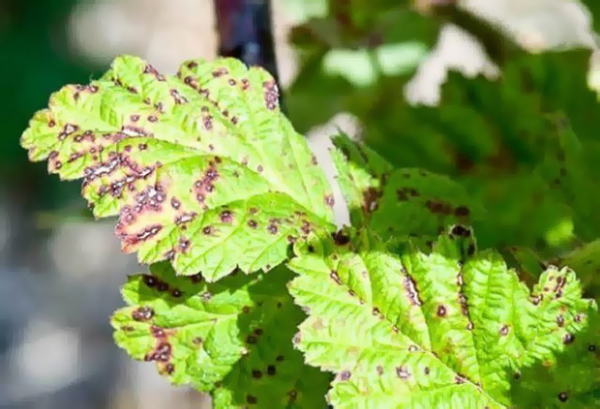
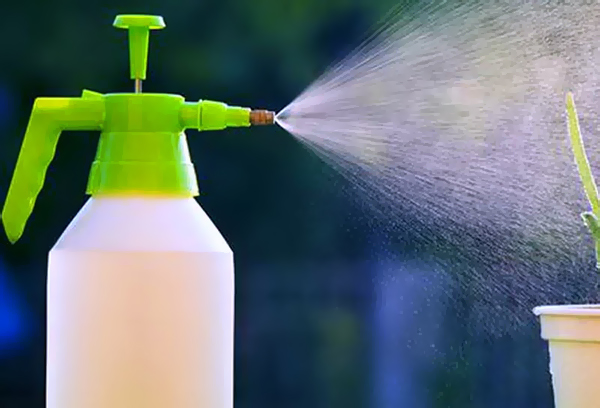
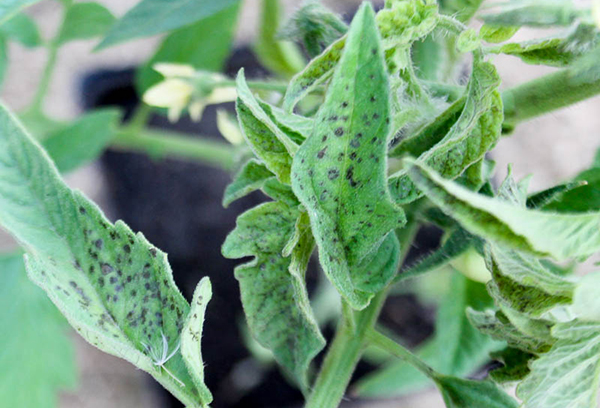
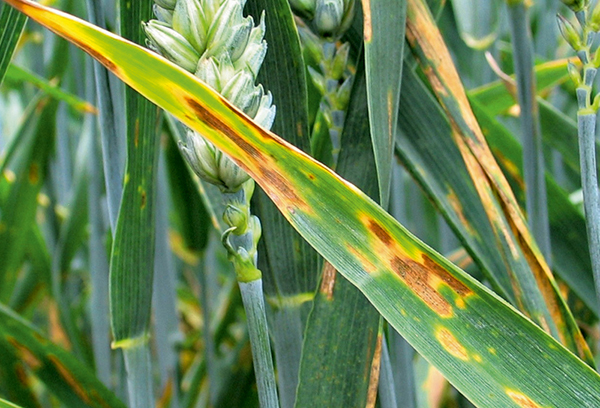
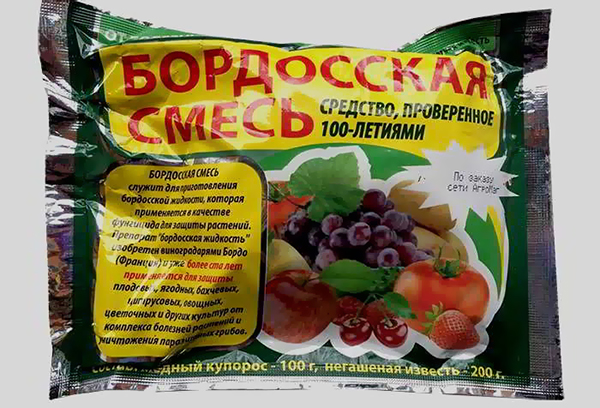
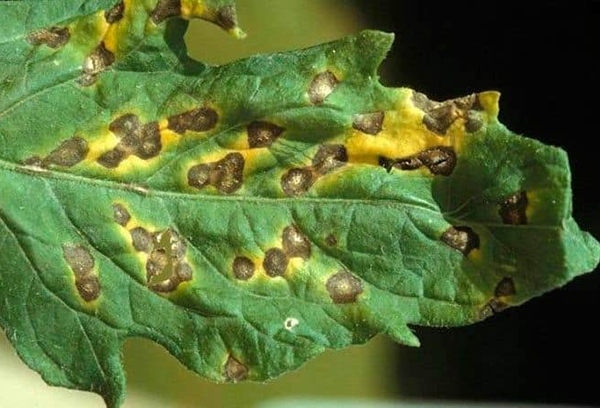

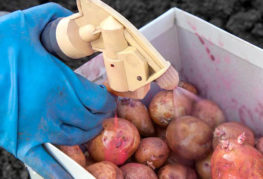
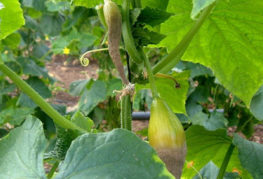
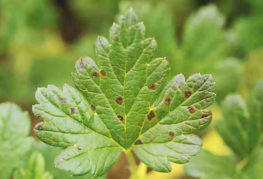
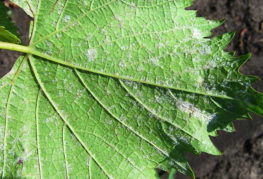
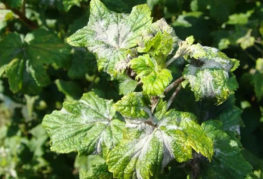
and will be published shortly.